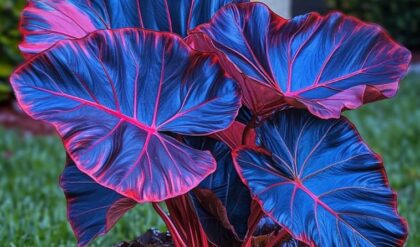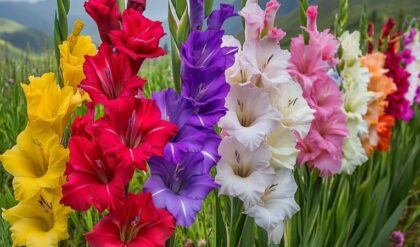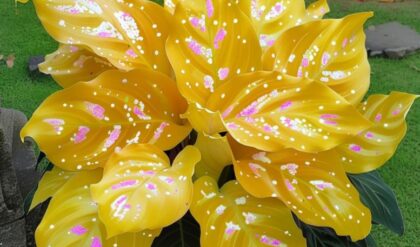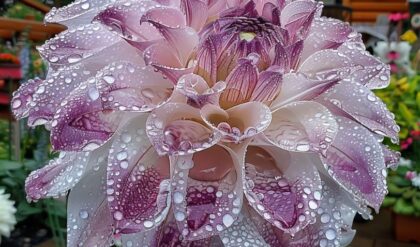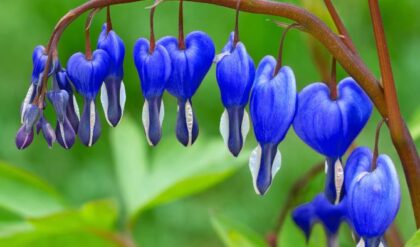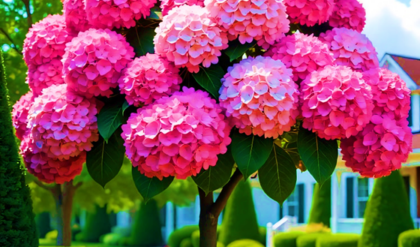When we think of cascading beauties in the gardening world, hanging lobelia (Lobelia erinus) often emerges as a vibrant choice. Appearing delicate yet robust, these plants imbue gardens with their colorful splashes, making them ideal for hanging baskets and container arrangements. In this exploration, we’ll delve into the attributes, care tips, and creative potentials of hanging lobelia while considering its place within a broader horticultural context.
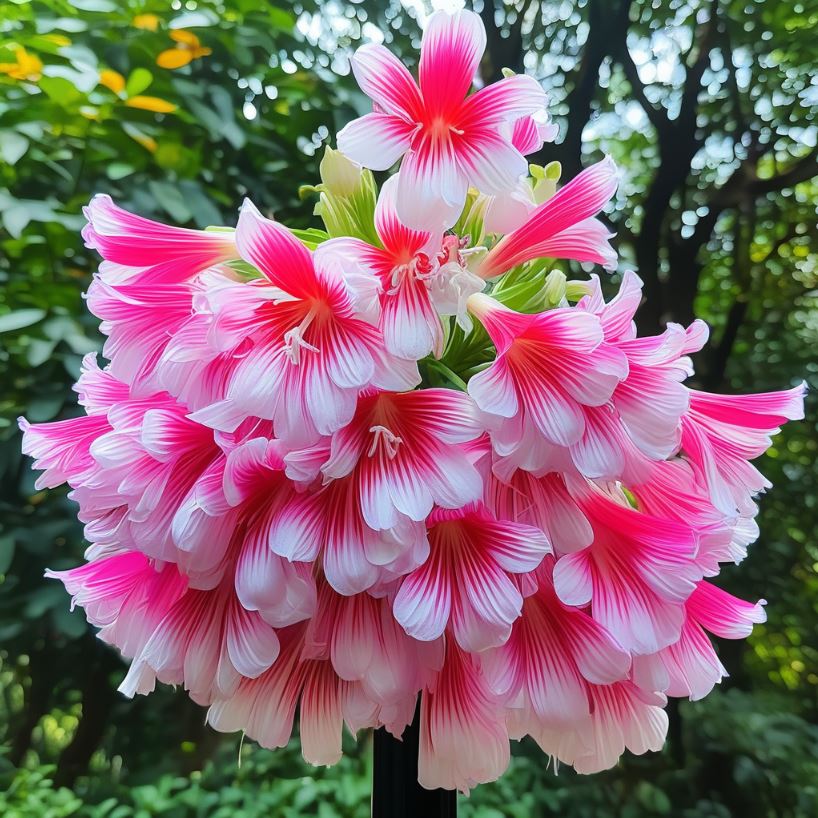
The Allure of Trailing Lobelia
Visual Appeal
Hanging lobelia is renowned for its stunning visual presence. With flowers that can range from deep blues to bright whites and passionate purples, it invites both bees and human admirers alike. Imagine a still summer evening, where the shimmer of dew on these blossoms creates a visual spectacle, almost like stars descended upon your garden. Sources like Proven Winners emphasize how such floral displays can elevate your outdoor aesthetic by adding depth and elegance to vertical spaces .
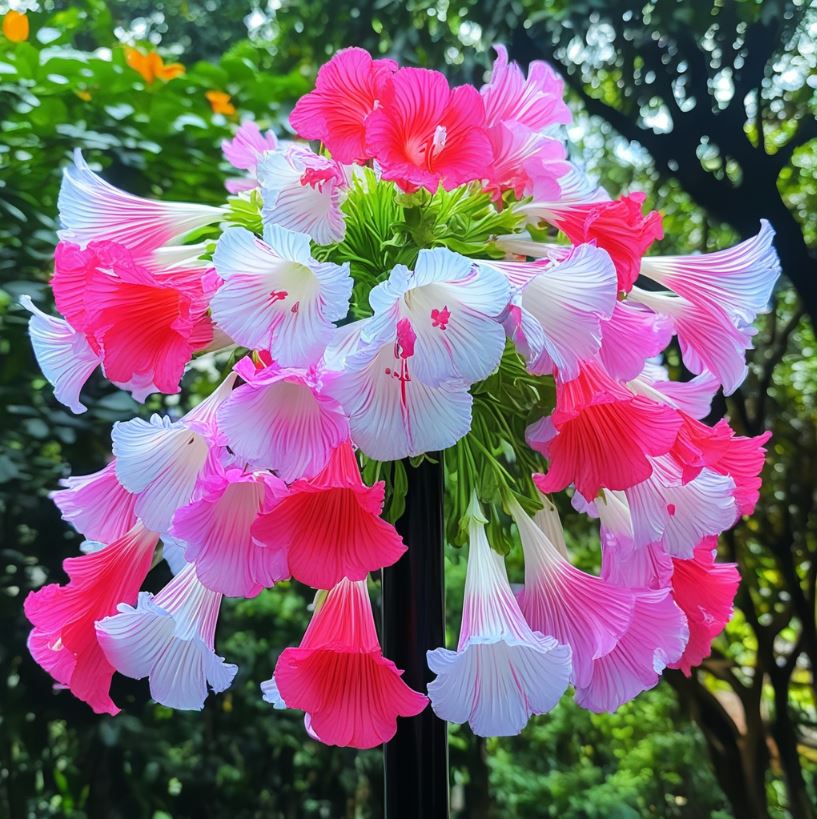
Care and Growth
Caring for hanging lobelia doesn’t have to be daunting. This resilient plant thrives in well-drained soil and prefers sunny or partially shaded spots, offering versatility in placement. The water needs are moderate, requiring regular checking but allowing for some forgetfulness, as they can withstand short periods of drought. When adequately cared for, these little champions produce blooms from spring until the first frost—providing an ongoing tapestry of color .
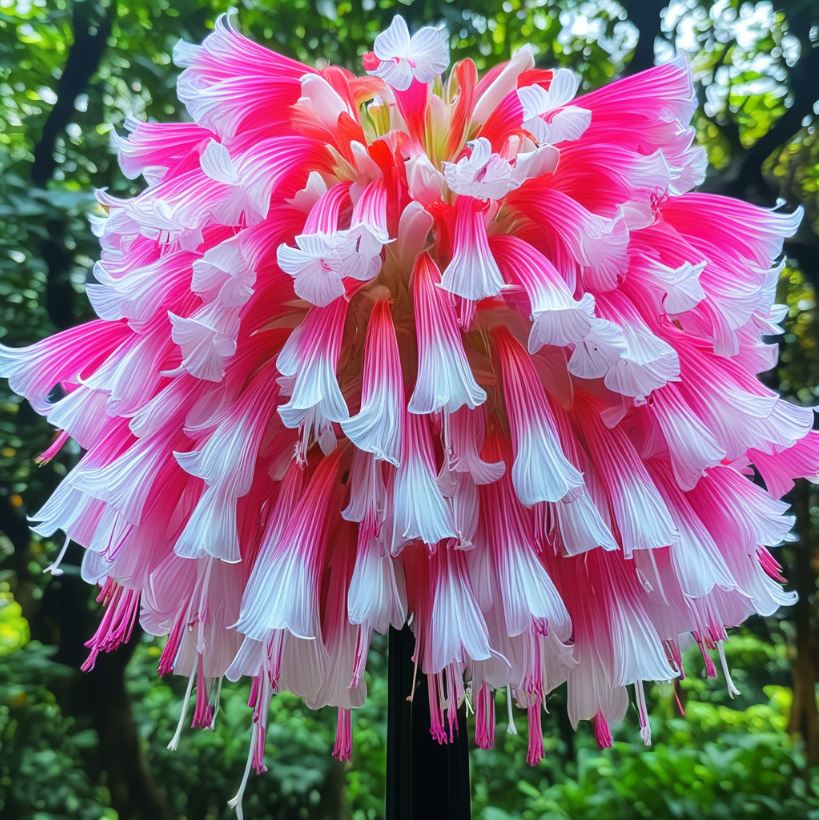
Practical Implications of Hanging Lobelia
Beyond Beauty: Ecological Benefits
This plant not only elevates our garden aesthetics but also plays a significant role in local ecosystems. Many flowering plants serve as crucial food sources for pollinators; hanging lobelia is no exception. The presence of these vibrant flowers can attract bees and butterflies, fostering biodiversity and supporting an environment vital for a thriving ecosystem. Picture a bustling garden filled with life, where each bloom contributes to the greater web of nature.
Designing with Intent
Let’s explore the artistic potential associated with hanging lobelia. By mixing colors and varieties, such as those mentioned by Mr. Middleton, you can furnish delightful combinations ranging from bicolored clusters to uniform cascades . Imagine crafting a domed effect with various shades transitioning from white at the top to deeper hues below; this could create an enchanting visual gradient in any setting. Moreover, the balance reached through strategic planting may also affect the mood of a space—invoking calmness or joyful exuberance depending on choices made.
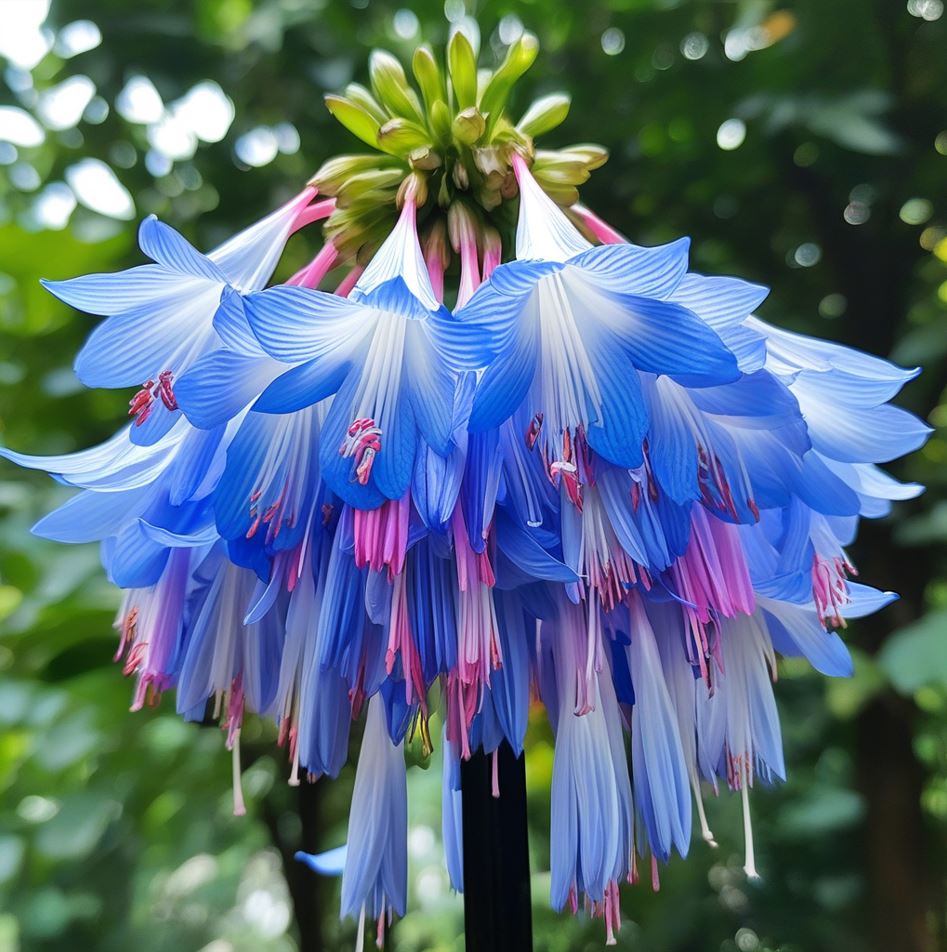
Experiences and Hypotheticals
The Community Engagement Aspect
Considering community gardening initiatives, growing hanging lobelia could inspire connectivity among neighbors. Communities planting together can foster relationships while beautifying shared spaces. A gazebo adorned with these trailing blooms could become a local focal point, encouraging gatherings and celebrations. What if schools used them in educational programs about ecosystems? Children engaged in hands-on gardening experiences would learn not just about plants, but the responsibility towards the environment.
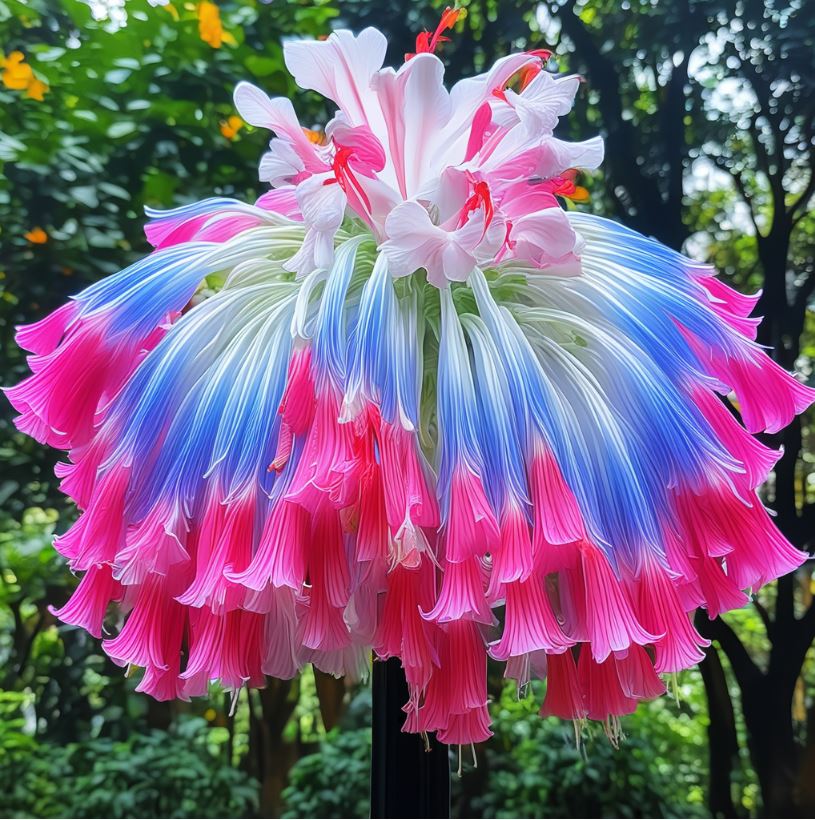
Artistic Fusion and Multifunctionality
Think of the immense potential in merging gardening with art; hanging lobelia could even incorporate sculptural elements when placed in uniquely designed pots or trellises. These installations could act as living art pieces in public parks, drawing attention to the relationship between flora and creativity. For instance, one might envision a spiraled structure filled with lobelia arching gracefully, transforming simple green spaces into immersive landscapes.
In Conclusion: Endless Possibilities Ahead
Through understanding hanging lobelia’s beauty, care, and creative applications, we witness how a mere plant can transcend its role as a decoration to become a catalyst for ecological awareness, community unity, and artistic expression. When integrated thoughtfully into various settings, hanging lobelia holds transformative potential far beyond its color palette—a veritable masterpiece in the ever-evolving canvas of gardens.
